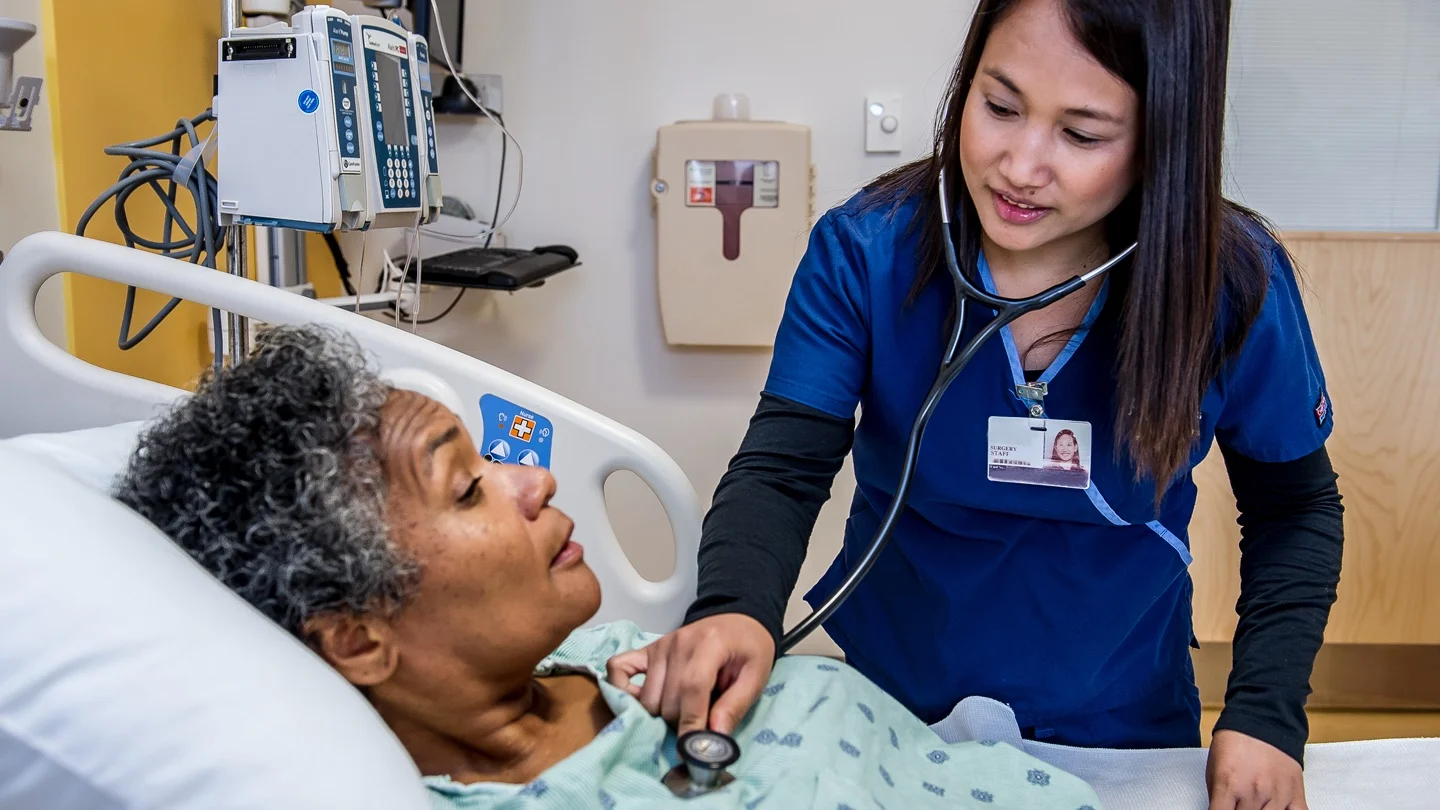Today our topic of discussion is Types of Peritoneal Dialysis.
Types of Peritoneal Dialysis

Types of Peritoneal Dialysis
Continuous Abdominoperitoneal Dialysis (CAPD)
- The dialysate is installed into the abdomen and left in the place for 4-8 hours
- The empty dialysate back is folded up and carried in a
- pouch or packet, until it is time to drain the dialysate
- The bag is later unfolded and placed lower than the insertion site, so the fluid drains by gravity flow
- When full the bag is changed, the new dialysate is instilled into the abdomen as the process continues.
Advantages
- Because there is no need for electricity, water.
- The client can go about almost any desired activity during dialysis
- Because the continuous exchange process closely resembles normal renal function, the body more easily maintains homeostasis.
Continuous Cycle Peritoneal Dialysis (CCPD)
- CCPD is similar to CAPD in that it is a continuous dialysis processes but different in that it requires a peritoneal cycling machine
- In this procedure, usually three cycles are done at night and one cycle within an 8 hours well done in the morning.
Advantage
The advantage of this procedure is that the peritoneal catheter is opened only for the on and off procedures, which reduces the risk of infection.
Intermittent Peritoneal Dialysis (IPD)
- IPD is not a continuous dialysis procedure like CAPD and CCPD
- Dialysis is preformed 10-14 hours 3-4 times a week with use of same peritoneal cycling machine as in CCPD.
- Hospitalized patients may be dialysate up to 24-48 hours at a time if they are catabolic and require additional dialysis time.

Contraindications
- Hypercatabolism, in which the peritoneal dialysis is unable to adequate the clear uremic toxins and poor condition of the peritoneal membrane due to adhesions and scaring
- Certain other conditions may be relative contra- indications to peritoneal dialysis. These include obesity, history of rupture diverticula, abdominal diseases, respiratory disease, recurrent episodes, abdominal malignancies, severe vascular diseases and extensive abdominal surgery with drains in tubes that may increase risk of infections.
Preparation of the Patient and Environment
- Bring all equipment into patient’s bedside
- Make sure the dialysis stat is at body temperature
- Explain the procedure to the patient.
- Assist and record vital signs, weight and abdominal girth to establish baseline levels
- Review recent laboratory values (blood urea, nitrogen, serum creatinine, sodium, potassium do complete blood counts)
- Identify the patient’s hepatitis b virus and human immunodeficiency virus if known
- Have the patient try to urinate
- Place the patient in the supine position, and have him put on one of the sterile face mask
- Informed concern must be obtained
- Baseline weight vital signs and blood chemistries provide important data for late comparison
- Mild sedation may be provided.
Equipment
- Catheter Placement and Dialysis
- Warmer heating pad or water bath
- At least three face masks
- Dialysis administration
- Two pairs of sterile gloves
- Vial of 1%
- Povidone-iodine pads
- Fenestrated sterile drape
- The 3 ml syringe with 25 G 1 needle
- Peritoneal stylet
- Sutures or hypoallergic tape.
- Precut drain dressings
- Protective cap for catheter
- Precut drain dressings
- Protective cap for catheter.

For Dressing Changes
- One pair of sterile gloves
- Ten sterile cotton tipped applicators or sterile 2″ x 2″
- gauze pads
- Povidone-iodine ointment
- Two sterile 4″ x 4″ gauze pads
Read more:
